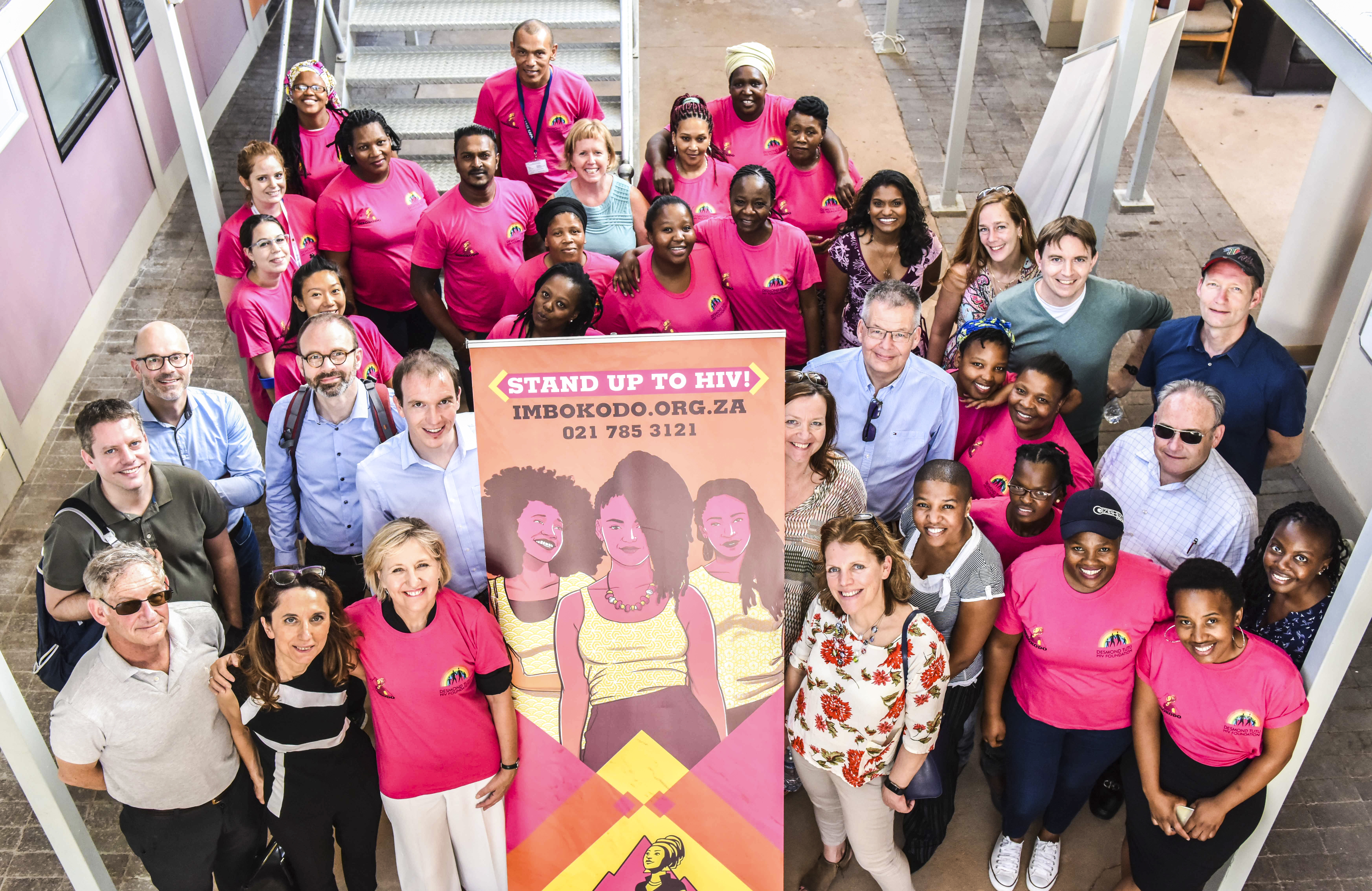World AIDS Day 2018: How Women are Leading the Quest to Find an HIV Vaccine
Exactly 30 years ago, the first World AIDS Day was observed. Over the past three decades, the world has made stunning progress in the fight against HIV. But one thing still eludes us – the “Holy Grail” of HIV prevention: a preventive vaccine.
Thanks to a global mobilization of the HIV advocacy community, governments, philanthropic organizations, and the private sector, the world has made amazing strides against HIV by deploying a combination of effective treatments and prevention strategies.
From the peak of the HIV crisis in the early 2000s, new HIV infections have declined by nearly 40 percent.[i]
Global access to effective treatments has expanded dramatically, with over 20 million people – more than half of all those living with the virus – now benefiting from antiretroviral therapy. Partly as a result, annual AIDS-related deaths have been cut by nearly half.
Yes, despite this important progress, HIV remains one of the greatest global health threats of our time. In 2017, UNAIDS estimates that there were nearly 37 million people worldwide living with HIV, and 1 million people worldwide died of AIDS.[ii]
Perhaps most alarming for a preventable disease: In 2017, 1.8 million people were also newly infected with HIV.
For a range of socioeconomic and biological factors, women have always been vulnerable to HIV infection, particularly in developing countries where the epidemic hits hardest.
According to UNAIDS, every week, around 7,000 young women aged 15–24 years become infected with HIV. In sub-Saharan Africa, three of four new infections among adolescents aged 15–19 years are in girls, and young women aged 15–24 years are twice as likely to be living with HIV than men.[iii]
Women may be at risk for HIV, but it doesn’t mean they are powerless. In fact, women are now leading the quest to find a preventive vaccine against this disease.
I’m talking about Imbokodo. The Imbokodo study is working to establish whether Janssen’s investigational mosaic-based vaccine is safe and able to reduce HIV infection among 2,600 women aged 18-35 in the southern African region.

Janssen’s HIV vaccine team meets with Imbokodo
study staff and partners in South Africa.
Exactly one year ago, in 2017, Janssen and its partners launched Imbokodo in South Africa. And now the study is underway in four additional countries – Zimbabwe, Zambia, Malawi and Mozambique.
“Imbokodo,” the Zulu word for rock, is part of a well-known proverb in South Africa that refers to the strength of women and their importance in the community.
As of November 2018, more than 1,000 women have enrolled in this study. Without these women stepping up and taking part, we’d never know if our vaccine works. But thanks to them, by 2021, we should find out if our vaccine is efficacious.
But the role of women in Imbokodo doesn’t stop there. Because many of the health care workers who are running the trial at Imbokodo clinical trial sites across southern Africa are women too. They’re making the trial happen, helping to enrol trial volunteers, and getting out into local communities to raise awareness of the study and its objectives.
For more on this, see the video below.
And some of our most important partners in implementing Imbokodo are led by women – such as Professor Glenda Gray, the Chief Executive Officer and President of the South African Medical Research Council.
Of course, in the effort to find an HIV vaccine, we are working with thousands of men, too! It’s a huge team effort. But the women of Imbokodo are showing real leadership – and on this World AIDS Day 2018, I’d like to salute them.
It’s not every day you find yourself trying to end a global epidemic. But together with our partners, I believe we can find a preventive vaccine for HIV in our lifetimes – and then maybe we can finally turn the tide of HIV forever.
[i] The Global Fund. HIV and AIDS. Available at: https://www.theglobalfund.org/en/hivaids/ Last accessed: May 2018.
[ii] WHO. HIV / AIDS Factsheet. Available at: http://www.who.int/mediacentre/factsheets/fs360/en/Last accessed: February 2018.

